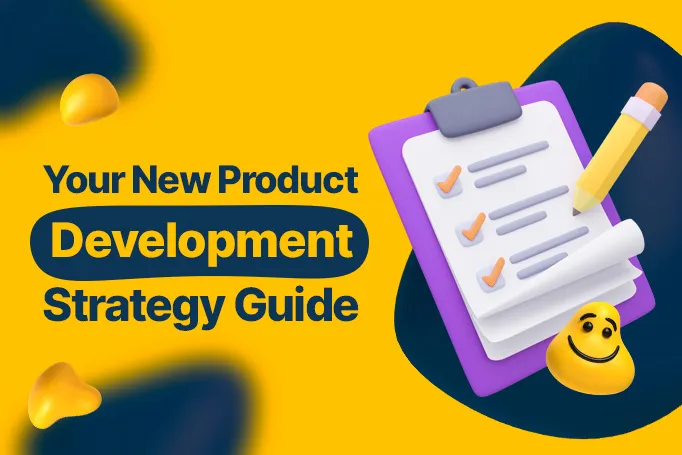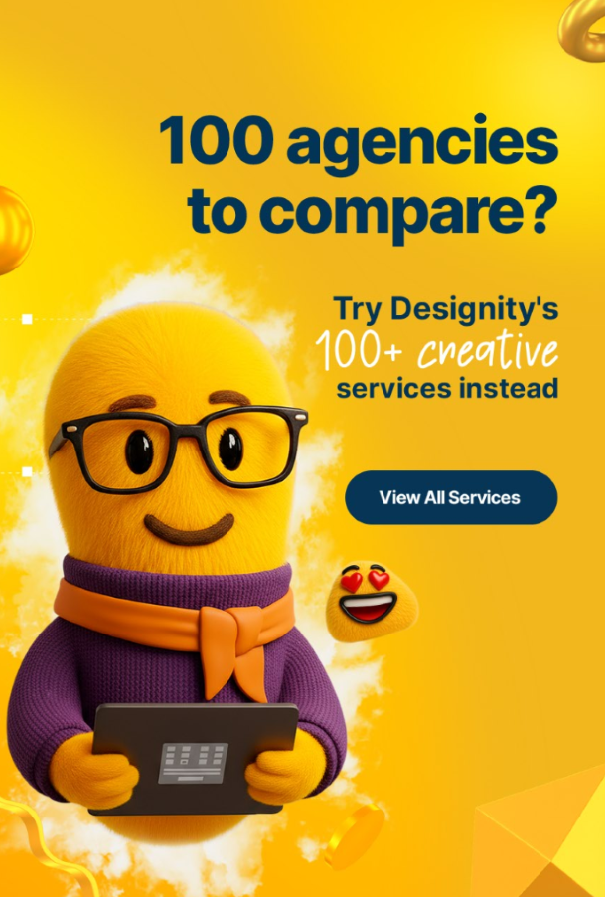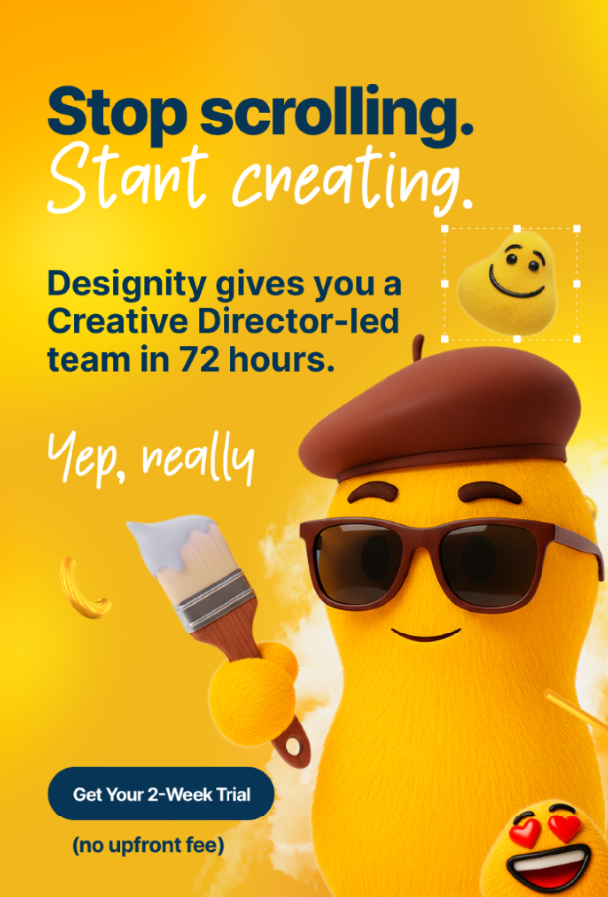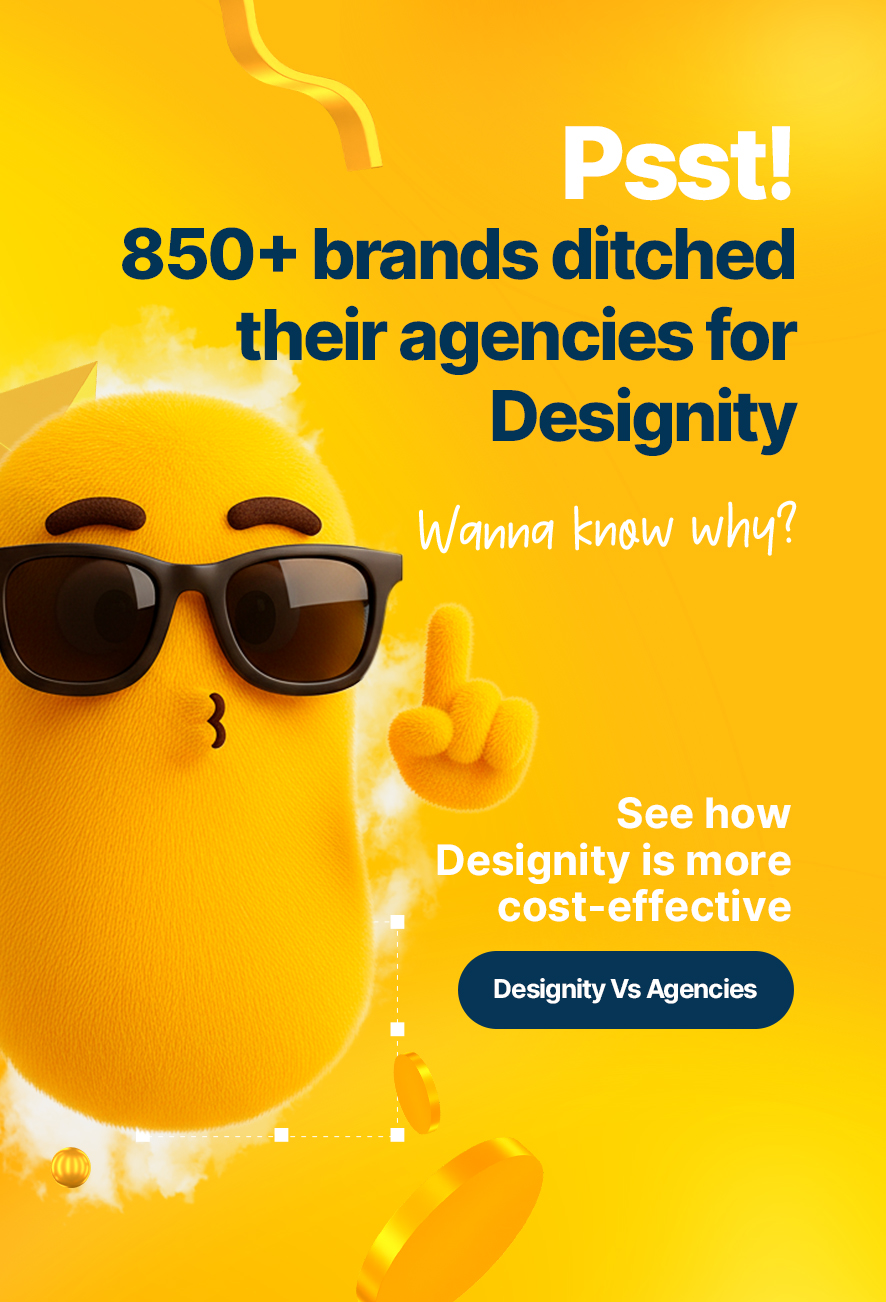The journey of bringing a new product to market is a thrilling one!
It’s also a very stressful and intricate process that demands a well-defined strategy! And if you want to grow your business, then nailing the art of new product development is the way to do it!
So, whether you’re a solopreneur, a startup, or an established business expanding its product line, today, we’re bringing you tried and tested new product development strategies designed to turn your most innovative ideas into successful market sensations!
What is a New Product Development Strategy?
New product development is a bit like setting sail into uncharted waters.
Your new product development strategy acts like the map and compass you need to guide you through all of the methods and actions you’ll need to take to either introduce fresh offerings to your market or tweak existing products for a new source of revenue and business growth.
It takes several steps to develop a product, everything from conception to distribution and each stage requires a winning strategy in order to ensure a successful launch and a rewarding ROI.
So, what are the stages to developing a new product?
The 5 Stages of New Product Development
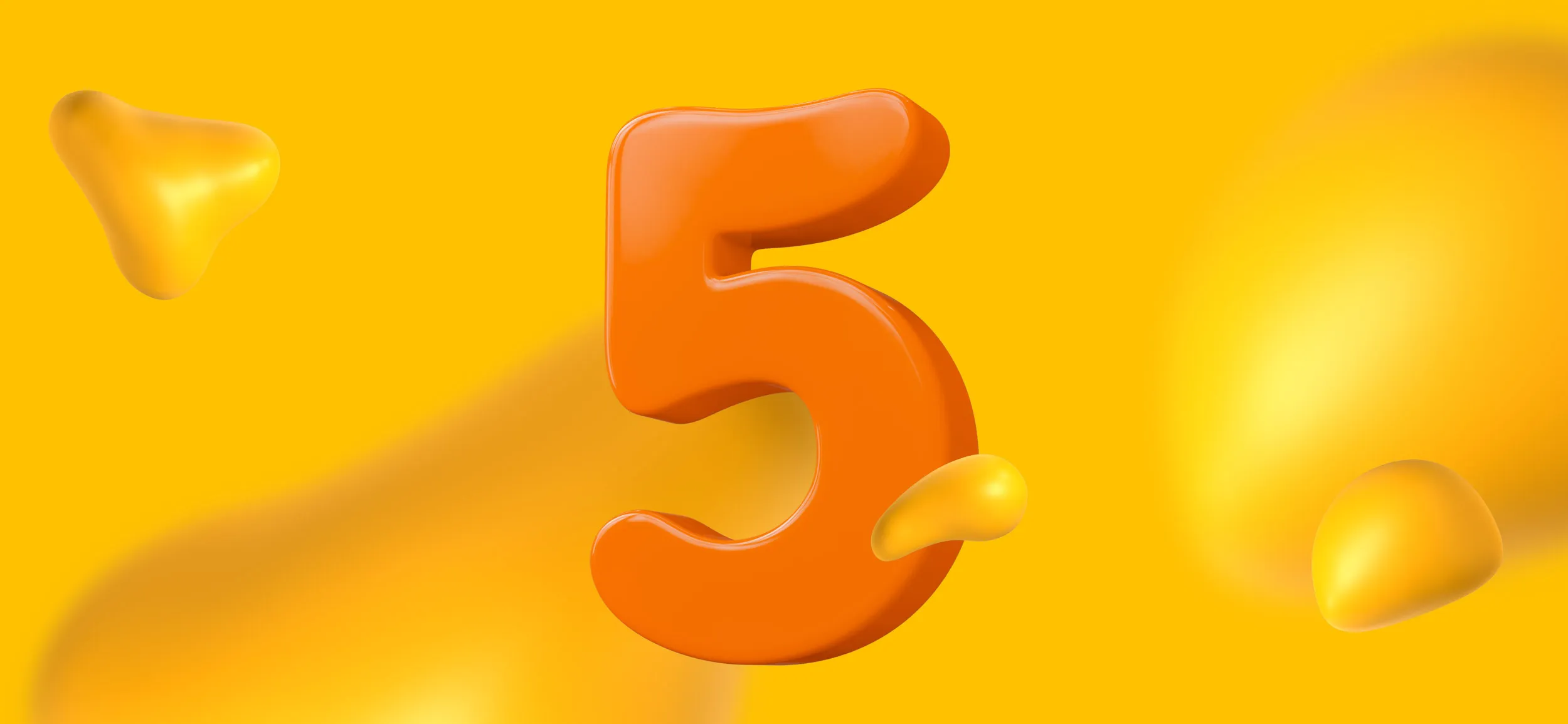
We’re glad you asked.
The new product roadmap goes a bit like this:
- Brainstorming and Idea Generation — Before you can create a new product, you need a million-dollar product idea. The brainstorming stage is where you and your team come up with ideas for new products or ways to tweak existing ones for the better.
- Idea Screening — Once you get your best ideas done, put them through a screening process to evaluate their feasibility and possible ROI. This could involve analyzing the potential market for this new product, its technical requirements, and aligning with your overall business goals. Choose the best ideas with the most potential and move on to step 3.
- Prototype Creation — In this stage, your chosen ideas are developed into detailed product concepts and then take shape as tangible prototypes to provide a more concrete representation of your idea.
- Market Testing — Once the prototypes are ready and up to the technical specifications they need to be, they move to the market test stage. This is a critical moment for your new product! It will be exposed to real-world conditions to allow you to gather valuable insights from potential users to refine your product and get it ready for launch.
- Product Launch — The final stage is finally introducing your new product into the market. A well-executed launch involves strategic planning, marketing campaigns, and an effective distribution plan.
New Product Development Strategies for Every Step of the Process
To successfully roll out your new product, you’ll need some surefire strategies for every stage of the process.
Luckily for you, we’ve got strategies for every stage of your journey to get you and your product and development team through each step of the process and ensure the most successful outcome you can!
Stage 1: Product Ideation Strategies
Here are some tried and true ways to get the creative juices flowing and come up with the most creative and productive ideation sessions you can!
Get Everyone Involved
Have brainstorming sessions not just with members of your marketing team and research and development team, but with different departments in your organization to collect a variety of diverse ideas.
Everyone has different strengths, and this diverse set of perspectives can lead to surprisingly innovative ideas and unique solutions. Be sure you encourage open communication and creativity during these sessions!
But before you can do that and expect it to be effective, you’ll first need to …
Cultivate a Culture of Innovation
Make sure that your company fosters a culture of innovation!
Your employees should never be afraid to speak up and come forward with new ideas. You should have a platform for your employees to use to share their ideas without fear of judgment or ridicule.
A culture that values and supports innovation can lead to the discovery of something truly great, because you never know where the next million-dollar idea will come from!
Use Your Data
It’s good to listen to your customers! After all, they’re the ones using your product or services so they often know exactly what to improve or what new product they wish you could offer.
Consult your customer feedback and existing market research into your target audience to identify any unmet meets or ways you can improve existing products to better satisfy your audience.
Understanding the pain points of your target audience provides valuable insight that can guide your ideation process!
Stage 2: Strategies to Narrow it Down
As you begin to narrow down which ideas would be best suited for a new product, here are a few strategies to help steer you towards the right choice!
Set Clear Criteria
Come up with a clear criterion for selecting the best ideas.
You should consider aspects like market demand, feasibility, your competitor’s products, budget constraints, scalability, and risk analysis.
Having a well-defined criteria framework helps to streamline the decision-making process, makes sure that your ideas align with your objectives, and helps inform your decisions to avoid wasting time on ideas that aren’t worth your while!
Eye on the Prize
Be sure to give priority to the ideas that align closely with your company’s mission and target market.
Ensuring alignment with your core values enhances the chances of creating (or tweaking) a product that genuinely connects with your customers while still vibing with your brand.
Do Your Homework
Once you’ve narrowed down a shortlist of feasible ideas that meet your criteria and align with your brand, evaluate each idea against factors like market demand, feasibility, and scalability.
This analytical approach helps you to identify ideas that have the most potential for long term success in the market and are worth pursuing.
Stage 3: Prototype Creation Strategies
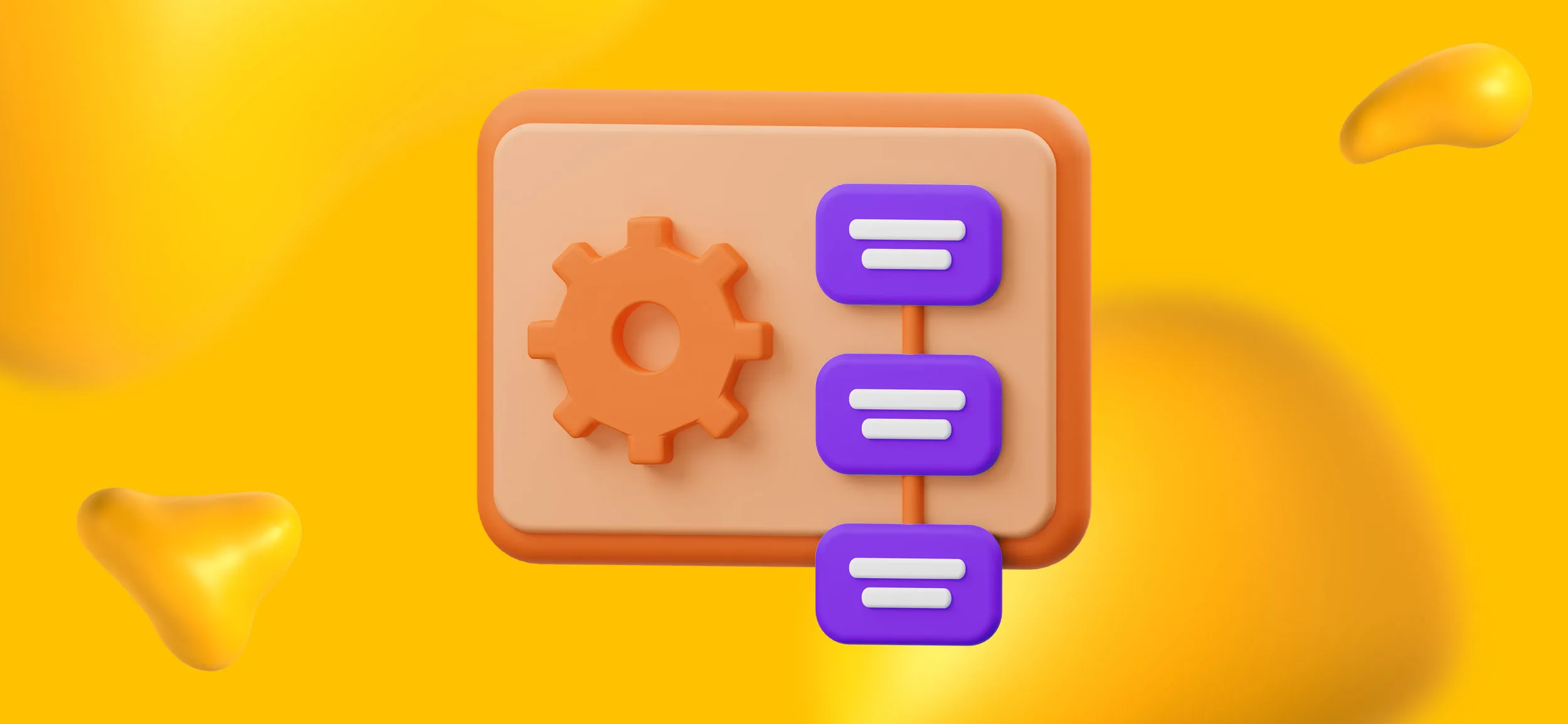
Now it’s time to bring your ideas to life! Here are some strategies to help pave the way for your final product!
Put Your Heads Together
For this stage, it’s best to collaborate closely with your product designers and engineers.
Encourage open communication and idea-sharing to create an environment where creativity and ideas thrive. Collaborating not only expedites the development process but makes sure that the finished prototype meets your creative vision and the technical specifications it needs to.
Use AI for Visual Prototypes
AI is getting more advanced by the day, so why not harness that power to speed up your process?
Use tools like DALL-E 2 or Midjourney to accelerate the product development process and create AI-generated visual prototypes. AI can not only streamline the prototyping process but offer innovative solutions and enhance your product team's efficiency.
Gather Stakeholder Feedback
Actively seek feedback from your key stakeholders during the prototype phase.
This could include internal teams, potential users, and any other relevant parties. The input gathered during this stage is invaluable for refining the prototype and making sure that it meets the expectations and requirements of all your stakeholders.
Stage 4: Market Testing Strategies
As you get closer to rolling out your product, you’ll need to go through phases of market testing to ensure a successful launch.
Here are some ways to test out your product as effectively and efficiently as possible:
Beta Testing
Consider doing some beta testing before rolling out the full version of your product.
To do this, you can release your product to a small group of users or, if you have a SaaS or digital product, offer a free trial. Use members from different demographics of your target audience in your test group as well to provide you with some real-world validation and make sure that your product is meeting the needs and preferences of your target audience.
This hands-on approach allows you to gather invaluable feedback and uncover any potential bugs that need to be worked out so that your product meets (and exceeds!) user expectations.
Monitor and Adjust
However you test out your product, be sure that you are using this opportunity for data-driven refinements.
Collect comprehensive data on your product’s performance, analyze user interactions, gauge the effectiveness of your product’s features, and closely monitor the feedback.
This will allow you to make informed adjustments and fine-tune your product for optimal market readiness!
Stage 5: Tips for a Successful Full Product Release
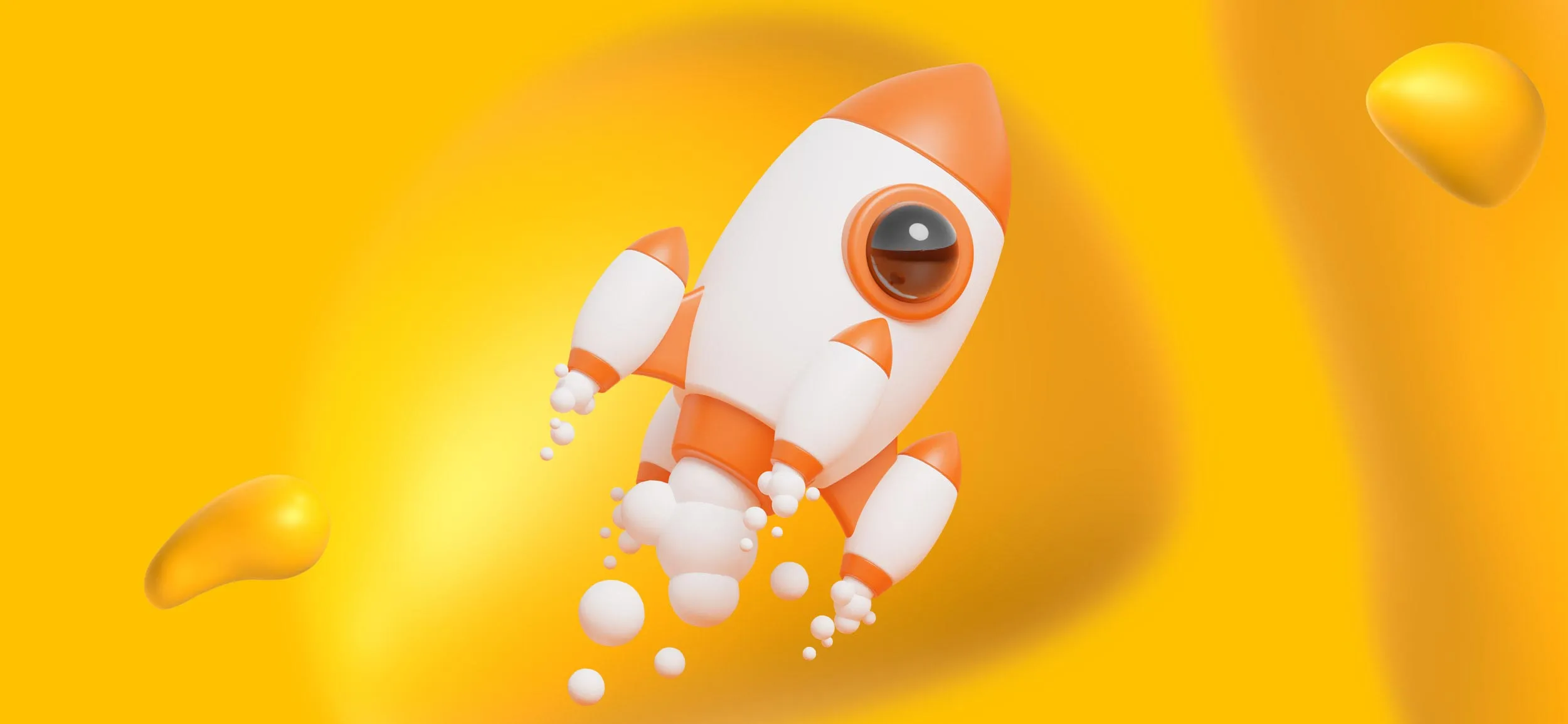
The moment you’ve been waiting for! Launch day!
Here are some strategies to ensure that your launch day and the product’s first few weeks on the shelves go as smoothly and successfully as possible:
Make a Buzz
Months before your product is scheduled to hit the shelves, make sure your target audience knows it’s on its way!
Start your marketing efforts well in advance to start creating hype around your upcoming product. Content like video teasers, sneak peek ads, and other exclusive insight can ramp up your audience’s excitement, draw attention to your new product and your brand, and pique curiosity!
Use an Omni Channel Approach
Give your product as many channels to succeed on as you can! An omni-channel marketing approach can help you maximize your product’s visibility.
Use everything from social media to email campaigns, PPC ads, traditional marketing, OOH advertising and more to spread the word and put your product in front of as many eyes as possible.
Whatever channels you use, make sure your team is staying in close communication and that your messaging resonates with your target audience and effectively highlights your unique selling propositions and key benefits.
Prep Your Distribution Channels
Preparation is key when it comes to a successful launch.
So, be sure your distribution channels are prepared. From inventory management and collaboration with channel partners to logistics and fulfillment, retailer and customer support, and optimization of your online selling platforms — each cog in the wheel demands your attention and must be ready to go to keep everything running smoothly in your product’s first few weeks and months.
Adapt and Monitor for Ongoing Success
Post-launch, be sure that your team is staying vigilant and staying adaptable!
Monitor the performance of your distribution channels and be prepared to make any adjustments as needed.
Whether it’s fine-tuning logistics or optimizing your online presence, ongoing monitoring and staying on your feet is critical for sustained success and a profitable piece of the market share.
<div class="c-blog_comp-cta cc-component-1"><div class="c-blog_comp-cta-left"><div class="c-blog_comp-cta-left-wrap"><img src="https://global-uploads.webflow.com/61cdf3c5e0b8155f19e0105b/6369722e59155470b6840033_Potential-clients.png" loading="lazy" alt="" class="c-blog_comp-cta-left-img"></div></div><div class="c-blog_comp-cta-right"><div class="c-blog_comp-content"><div class="c-text-wrapper cc-mb-32"><div class="c-title-4 cc-bold"><strong>Want to save money without sacrificing the quality?</strong></div></div><div class="c-text-wrapper"><div class="c-text-2">Say goodbye to traditional, expensive agencies and unreliable marketplaces. Say hello to Designity.<br></div></div></div><div class="c-blog_comp-wrapper"><a href="/pricing" target="_blank" class="c-button cc-primary cc-inverted w-button"><strong>Get Your 2-Week Trial</strong></a></div></div></div>
Designity: Your New Product Development Guides
Now, we know that rolling out a new product is way easier said than done.
So, if there are marketing strategies you’d love to implement the next time your brand launches something new, only you lack the time and creative skills to get it done, then we have a strategy you should try.
Make Designity your creative team.
Designity is made up of the top 3% of US-based creative talent, everyone from designers for eye-catching ads, intuitive websites, and product visualizations, to copywriters for catchy copy and persuasive CTAs, and anyone you’d need to help you create compelling content, optimized websites, and can’t-look-away ads.
All of that talent at your fingertips and for a fraction of the cost it would take to hire freelancers or an in-house creative team.
Each Designity account also provides you with a Creative Director, a marketing and design expert who will oversee the creation of all of your content and help you implement the marketing strategies you need to make sure your new product is launched successfully.
Give our portfolio a look and see if our style meshes well with your brand and, whenever you’re ready to take your next marketing campaign to new heights, book your demo call today.
Take our services for a two-week, no-obligation test drive and see why brands from industries all over choose Designity as their marketing and creative partner.
We’re ready when you are.
